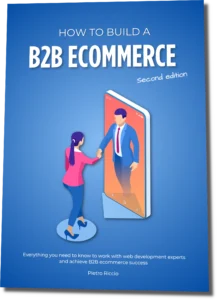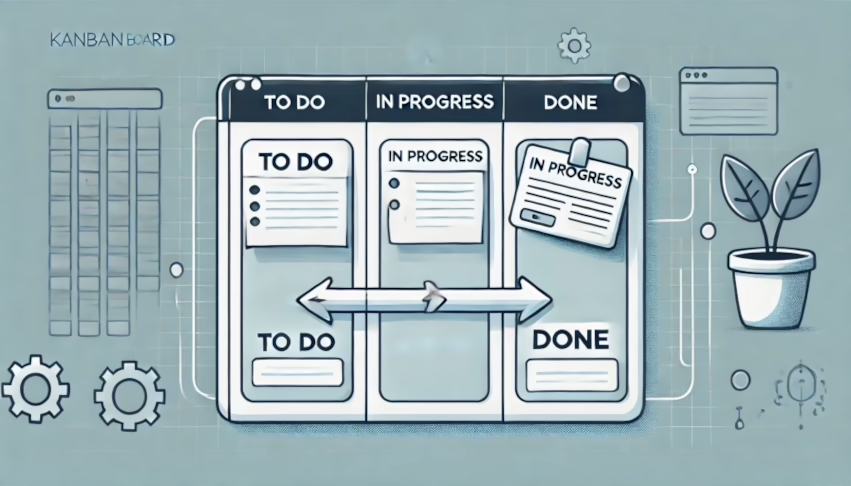Contents
Differences between B2B and B2C E-commerce
E-commerce has become an essential tool for modern trade, allowing businesses to reach a global audience, whether they are end consumers (B2C) or other companies (B2B). However, there are significant differences between the two models that impact both the design of the e-commerce site and the features required for each.
In this article, we analyze the main differences between B2B (Business to Business) and B2C (Business to Consumer) e-commerce, focusing on various crucial aspects such as the type of seller, the type of buyer, the purchase cycle, and the key functionalities of B2B e-commerce sites.
The sellers are different
In the B2C world, the seller is typically a company that sells products or services directly to end consumers. The focus is on providing a simple and smooth user experience, often supported by emotional marketing strategies to encourage consumers to make impulsive purchases. The B2C seller usually handles small order quantities and aims to reach a wide and diverse audience, which typically is less “loyal” than a B2B customer.
On the other hand, in the B2B world, the seller is a company that sells to another company. These sellers may be manufacturers, wholesalers, or providers of specialized services. B2B orders tend to be larger and more customized, with negotiated margins and specific requirements regarding supply and logistics. Additionally, the sales cycle is often more rational, complex, and requires constant communication between the seller and buyer, sometimes including product customization. Frequently, the B2B seller cooperates with their customers, who are often recurring.
A B2B e-commerce site might reflect the nature of a B2B seller by, for example, displaying a map of their representatives or allowing the download of technical material, and so on.
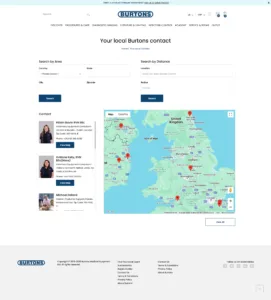
The buyers are different
B2C buyers are end consumers, ordinary people who make purchases to satisfy personal needs. For these buyers, the shopping experience needs to be fast, intuitive, and often influenced by emotional factors. Reviews, high-quality images, and detailed product descriptions are crucial in convincing the consumer to complete a purchase.
B2B buyers, on the other hand, are professionals or business managers purchasing on behalf of their company. These buyers tend to base their decisions on concrete data, cost analysis, and long-term forecasts. The decision-making process is more rational and often involves multiple people within the company.
For these reasons, a B2B e-commerce site may offer complex or personalized pricing, as well as flexible payment options, such as deferred payments or credit purchases, with a control panel for the buyer to monitor credit status.
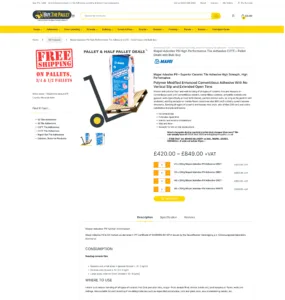
The purchase cycle is different
One of the main elements that differentiate B2B from B2C is the length of the purchase cycle. In the B2C model, the purchase process is relatively short. A consumer might see a product on Google Merchant, add it to the cart, and complete the purchase within a few minutes. The goal is to minimize friction and make the process as fast as possible.
The B2B purchase cycle, however, is much longer and more complex. Purchases require the evaluation of multiple alternatives, negotiations between different parties, and internal approvals. A company might place recurring orders on a precise schedule, or it may require customized quotes before finalizing a purchase.
This means that B2B sites must provide features such as request for quote (RFQ) management, catalog and pricing customization, and the ability to handle complex orders, for example by uploading preformatted order documents.
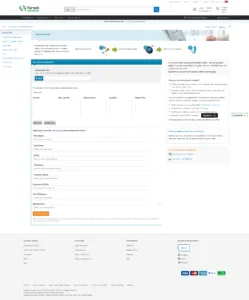
Typical features of B2B e-commerce sites
B2B e-commerce sites have a set of unique features, often not present on B2C sites, to handle the complexity of transactions between businesses. Here are some of the most relevant features:
- Restricted Access and Personalized Catalogs:
B2B customers often need to register to access product prices and availability. This is useful to ensure that only verified customers can view certain information. Additionally, catalogs and prices can be customized based on the customer, with volume-based discounts or negotiated prices. - Minimum and Maximum Orders:
Unlike B2C, where consumers can buy even a single item, in B2B it’s common to establish minimum order quantities to ensure economies of scale. Conversely, in some cases, maximum purchase limits are set to manage production capacity. - Credit Management:
Many B2B customers require flexible payment options, such as the ability to pay in 30 or 60 days. A B2B site must be able to manage credit lines, showing customers their balance, pending invoices, and payment deadlines. - Recurring Orders and Product Customization:
Often, businesses place recurring orders for the same products. B2B sites need to facilitate this process by offering the ability to easily repeat a previous order or manage automatic orders at preset intervals. Additionally, products may require customization, such as size, materials, or technical specifications. A good B2B e-commerce platform offers tools for configuring products directly online. - Multi-User Management:
In businesses, multiple people may be involved in the purchasing process. A B2B e-commerce site should allow different users within the same company to have different access levels, for example, with some users authorized to place orders and others only able to add items to the cart.
Conclusions
The differences between B2B and B2C e-commerce are not limited to the type of products sold or the size of the orders, but involve all stages of the buying and selling process, from website design to the features offered. Understanding these differences is crucial for creating an e-commerce experience optimized for your target audience. A B2B site must be tailored to the needs of businesses, with advanced functionalities that support complex decision-making processes and customized purchases.
To discover many more differences between B2B and B2C e-commerce, learn what features might be useful to you, and how to best manage the construction of your B2B e-commerce site, we recommend reading the book:
How to Build a B2B Ecommerce Website
Alternatively, you can request a consultation with us – the B2B e-commerce specialists.
